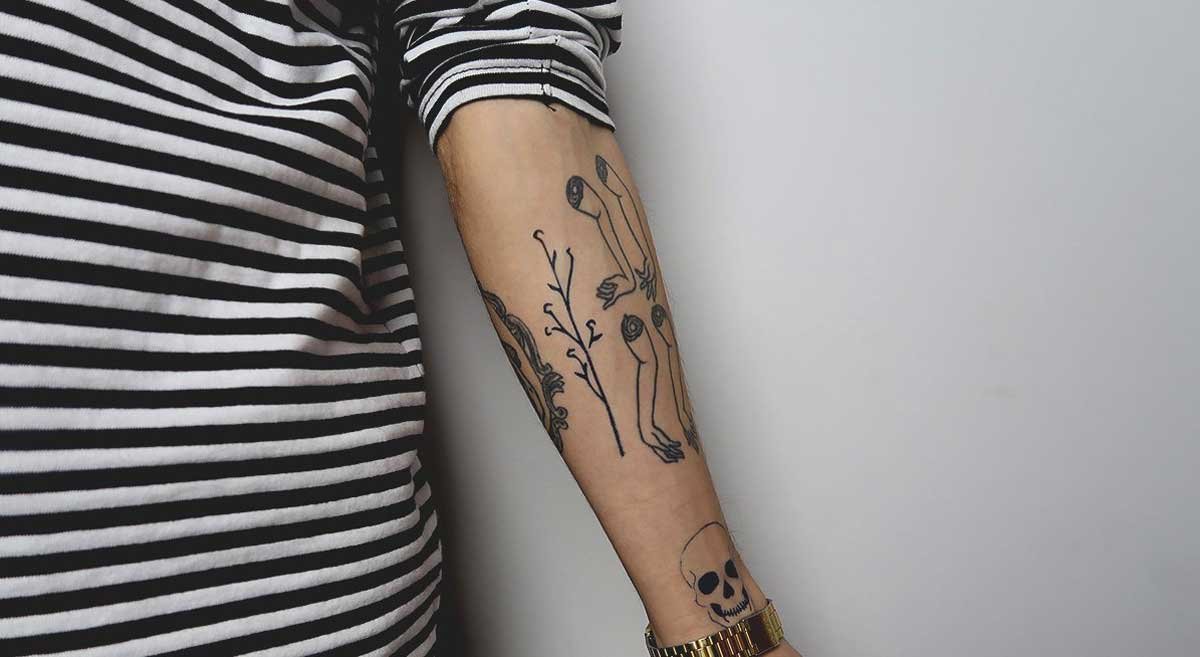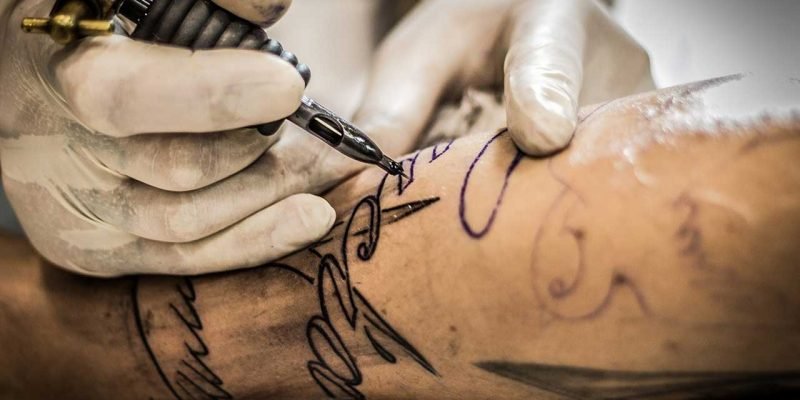The art of tattooing stretches far back into history. Tattoos have been identified on 5000 year old mummies, evidence for how permanent the marks can be. People get tattoos to permanently etch words or images on their skin for beauty, expression and identification. Unfortunately, tattoos are not immune to the effect of time. Although they are permanent, the ink blurs out as years pass.
How fast tattoos fade depends on several factors. A healthy skin definitely does well over time hence the need for moisturising, limiting exposure to the sun and using sunscreen. Nonetheless, no matter how well you take care of your tattoo, the fact of life is, it’s going to fade. It’s only a matter of time before your tattoo succumbs to aging, sunrays and damage from chemicals in water.
Tattooing is a simple process that involves penetrating the skin with an ink soaked needle. Both ancient and modern tattoo artists use the same approach in etching tattoos on the skin. It’s only the equipment and ink that have been refined.

During the tattoo process, the needle punctures the skin and introduces ink in the puncture wound. As the hole heals the ink permanently remains on the skin. The ink particles are too massive to be engulfed by white blood cells hence the permanence.
However, the ink particles break down over time. This is as a result of chemical and physical damage. UV rays from the sun are notorious for actively breaking down the pigment particles. As they become smaller white blood cells invade the area, engulf the pigment and start a clearance process. The tattoo slowly fades and loses its original hue.
Water also has the same effect and the process is much faster when contaminants and other chemical compounds are present. Unfortunately, no matter how well you care for your tattoo, damage is imminent. The only modifiable factor is the extent of damage.
Nonetheless, you can promote tattoo longevity by adjusting the tattooing style. Using thicker marks during the etching process ensures you have a substantial amount of ink on the skin. This takes longer to damage and may last for years before any breakdown becomes apparent.
However, a thicker design means your tattoo will lack some fine details. The lack of detail only becomes clear on close thorough examination. It’s not as apparent as it sounds. Nevertheless, it’s understandable that the compromise may be a deal breaker for some people. The fact still remains that thicker tattoos last longer.
Another way to ensure your tattoo lasts longer is to stick to dark pigments. Colored tattoos are a favourite since they give unique details not achievable by the standard dark ink. However, coloured tattoos fade quickly. The lighter the pigment, the faster it fades.
White ink fades the fastest among all the colours. As the ink loses its hue, the tattoo may not look as intended especially if the colours were central to the design. If you want something that will last for long, stick to darker inks. On the other hand, a blend of dark and light colours may preserve the design despite the lighter hues fading faster. This boils down to the artist and your design.
Now that dark, thick tattoos perform better doesn’t mean that’s your only option. Despite the risk of fading, you can still go for light coloured inks and fine tattoos. The tattoos can last up to 10 years with good care. Moreover, there is always the option of getting them retouched when fading becomes apparent.
Tattoos are a form of expression and no limitation is put on what you wish to etch on your body. At the end of the day, it is your body. Nonetheless, consult your tattooist to get the best advice since he/she is the one to put the needle to your skin.
















Comments